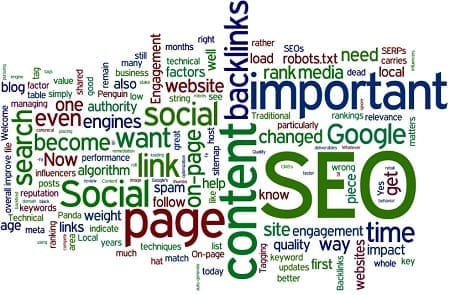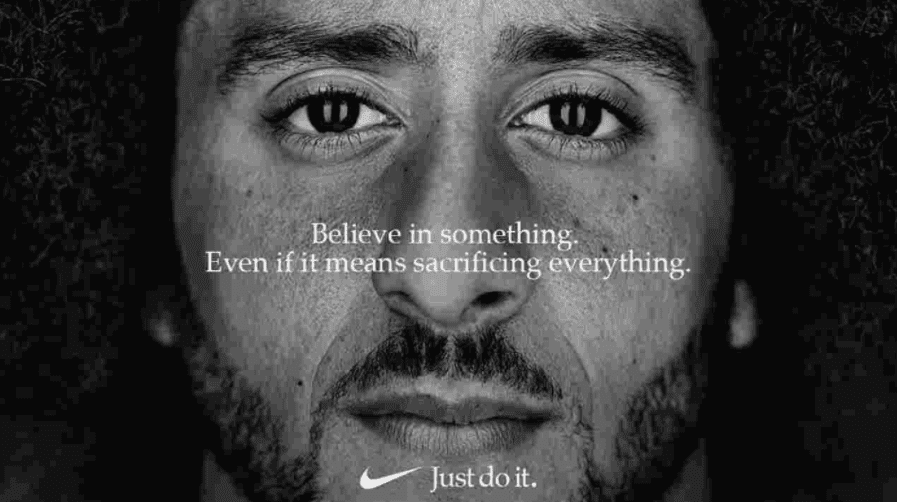Keeping up with the latest Search Engine Optimization news, algorithm tweaks, and penalties has become quite the roller coaster ride over the past 18 months.
Beginning back in February of 2011, Google has been hammering low quality content and websites with a string of Panda updates.
Then, on April 24, 2012, they pushed out the first iteration of the Penguin update, which changed the way they value different types of backlinks and penalizes link spam. This was the first of what I expect to be another string of updates in the coming months.
Many SEOs are in remediation mode now. All of the gray hat and black hat techniques they’ve employed for years have backfired. After the first Panda, they had to clean up the content and setup of their websites. Now, after Penguin, they have to unravel the ball of yarn they’ve built with link farms, blog comment spam, forum spam, paid backlinks, reciprocal link exchanges, and a laundry list of other manipulation techniques.
What does all of this mean for SEO?
SEO has changed. Quality of content is crucial, and on-page optimization is more of a table stake than the main ranking factor. You have to pick and choose where you want backlinks to appear, and where you do NOT want them. And if you have not gotten on board yet, you cannot ignore social media any more. Welcome to the age of Social SEO.

Social SEO: The New Ranking Factors
In the age of Social SEO, it is time to stop obsessing over keyword density and constant noodling with the on-page to rank better. Yes that is important, but managing your links and social media should take precedence.
Let’s review eight areas where you need to balance your time to improve your SERP placement.
Traditional Backlinks
Traditional backlinks remain the most important overall indicator of the authority of your website, assigned to both the domain and the page receiving the backlinks. What has changed is the way search engines value those backlinks.
A few years ago, a link was a link. It served as a “vote” for the content on your website. The more you had, the better the page and site would rank.
Now, quality has become much more important. A link from a low authority site can have no impact at all, or could even hurt your rankings if they are labeled as a spammer or host malware on their website. Or even worse, if Google figures out you are buying backlinks, they could simply deindex your site altogether.
This is clearly no laughing matter. And you have to get it right, because this is THE most important piece of the ranking algorithm today.
Social Backlinks and Shares
Google has also started placing more weight on link profile. They want to see a mix of follow and no follow. More importantly, they want to see your content being shared, liked, tweeted, and +1’d. Social bookmarking can help get your content indexed faster.
This piece plays into a couple of factors – it is part of the overall backlink measurement, and it is also a proxy for quality. If your content is good, it is worth being read, shared, linked to, and discussed on leading social media platforms.
Engagement
How much effort do you put into your social media presence? If you simply post links to your own press releases or blog posts, you are doing it wrong. Yes, you need to get the content out there, but it’s what happens after it is out there that has become important to the search engines.
Engagement can come in many forms. Sharing, commenting, and talking about it is the obvious piece. Other social interactions that impact SEO include ratings (thumbs up / down or votes), reviews (particularly if marked up with rich snippets), and other user generated affirmations.
Engagement with Influencers
While engagement as a whole is important, engagement with thought leaders and influencers carries more weight than engagement with others. Google has spent a lot of time trying to figure out how to assign reputation to authors – this is the whole premise behind authorship markup.
Now, they are using social signals to indicate reputation and authority as well. If your commentary on Facebook, Twitter, Pinterest, LinkedIn, Quora, or elsewhere elicits a great deal of response, they will notice.
Remember the old adage, “It’s not what you know; it’s WHO you know”? This rings true loud and clear for Social SEO. Engage with influencers if you want to be one yourself. Their opinion of your work and your social networking behavior matters.
Location
Anyone who knows about search is privy to the power of Local SEO. After all, would you rather compete with national retail chains if you are a local boutique? Of course not! You only need to care about your city, metro area, or region.
Local SEO is a great way to break through the noise, reduce the competition for clicks, and make a difference for your business. Whatever keyword or subject area relates to your business, you can rank well for local permutations of it rather easily (e.g. Santa Fe Shoe Dealers). Google even takes into account the actual location of the query, especially if it is on a mobile device, to help match to local businesses based on proximity and relevance.
On-page Content
We all know about on-page – where you place keywords in important places like the page title, meta description, H-tags, and image alt-tags. This is so well known today that it serves more as table stakes to even be in the game.
On-page still matters for relevance on the SERPs. Exact match keywords in page titles still carries a good bit of weight. Meta descriptions remain important for increasing click-thru in the SERPs themselves. But it is no longer a strategic advantage since everyone is catching up.
Get the on-page right, then move along and start pursuing the other factors more aggressively.
Tagging
Tagging has become more and more important as Google’s algorithm increases in sophistication.
Today, you can tag content, pages, and complete websites to indicate to search engines who or what that content is meant to serve. Some of the more important tags are language, target country, canonical, and suggestions to robots about whether to index a page or follow links from that page.
With most SEOs and marketers over-focusing on the on-page, tagging is one way to stand out from the pack. Be sure you are managing this correctly to maximize the positive SEO impact.
Technical SEO
If you want to go even deeper into the SEO rabbithole, roll up your sleeves and learn about technical SEO (or hire a service provider like Return On Now to do it for you).
Technical SEO is all of the other things you do to improve your performance and rankings. Here is a sampling of three key technical SEO deliverables:
- XML Sitemap – Every website should have a document in the root directory named “sitemap.xml”. The purpose of the sitemap is to spoonfeed the search engines with a list of available URLs on your site, a weighting for how important each URL is relative to each other, and the most recent date that page was changed (lastmoddate). Most CMS’s can auto-generate a sitemap natively or via a plugin. If yours does not, get an SEO pro to help.
- robots.txt – Although you can certainly rank without one, a robots.txt file helps you direct search engine spiders to where they can and cannot crawl. Rather than having to manage noindex or nofollow as a meta tag on each individual page, you can block entire directories or access to your database in one fell swoop. I recommend all sites have a robots.txt file.
- Page Load Time Improvement – Site performance, particularly page load time, can significantly hamper your SEO progress. Google recommends a page load time of no more than 1.5 seconds. Your web host factors heavily into load time, but you also need to keep tabs on how many scripts you are loading with the page and how elements are cached by the browser upon initial download.
Summary
I have seen articles and blog posts claiming that SEO is dead, but those naysayers are completely wrong. SEO is not dead; it is in the midst of a transformation. Social Media is here to stay, and it has already become a key factor in how your content ranks. Welcome to the age of Social SEO.
Tommy Landry
Latest posts by Tommy Landry (see all)
- B2B SEO in 2025: Winning Visibility in AI-Curated Buyer Journeys - December 16, 2025
- Local SEO Meets AEO and GEO: How AI Platforms Read Local Authority Signals - December 9, 2025
- What Is an SEO Proposal and What Should It Include? - December 2, 2025





